Comparisons:
[responsivevoice_button]
The Nio’s price position and hybrid construction places it in a competitive field of IEMs. In the last years we have seen many new monitors of this type released by many different companies. We will check out how the Nio compares to 64 Audio stable mates N8 and A12t, as well as their competition from JH Audio, FiR Audio and Empire Ears.
All comparisons were done using the stock cables. Mentioned prices are in US Dollars and correct at the time of writing. The Lotoo PAW Gold Touch was my main source for the comparisons.
64 Audio – N8 (1DD/8BA; 1,799$)
Even if the N8 and Nio are identical on first glance, they both have clear differences in their tuning. But it is very obvious to me, that the N8 served as a baseline for the Nio. The N8 is only available as CIEM though.
Both of them have a rather similar low-end sound, but the Nio goes for a more balanced tuning there. The N8 pushes more volume in the bass and gives a slightly thicker sound. The N8 goes a bit deeper with more grunt. Both IEMs have a smooth bass, that has a great natural sound with good air and texture. The N8 is a touch ahead in terms of speed to me, while the Nio has a slightly fuller body.
The Nio sounds more neutral in the mid-range to me. The N8 is a hint darker and smoother, while the Nio is more transparent than the N8. The N8 has fuller and weightier notes in the mids than the Nio. Resolution and separation are a touch ahead on the Nio to my ears. It also sounds more open and airier, which comes out especially with vocals to me.
The Nio creates a slightly wider stage, while the N8 goes more into depth. Layering is very good on both of them. The Nio separates instruments cleaner and clearer. To me, it is ahead in pretty much all technical aspects. It places instruments more carefully and images better than the N8.
Treble is similar on both of them, but the N8 does extend just a bit further to me. The Nio has a richer and softer sound in its top-end. The N8 has a treble that is thinner and brighter tuned in comparison to the Nio.
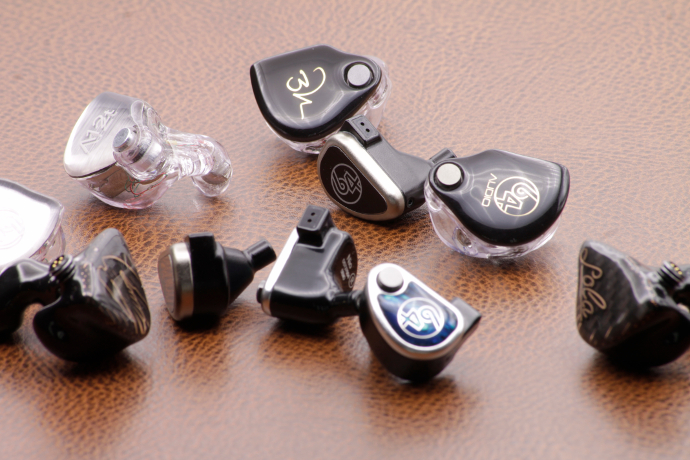
64 Audio Nio
64 Audio – A12t (12BA; 1,999$)
The A12t is one of my personal favorites. It might not be as technically advanced as the A18t, but it has a more enjoyable tuning. Some say it sounds dark, but I don’t fully agree. Just like with the N8, there are some shared characteristics between the Nio and the A12t.
The Nio has a more rounded and smoother bass, that comes with a fuller body and more weight. The A12t has a stronger sub-bass focus. It has higher resolution in the lows and provides a meaner punch. The 12t is faster down low and has a tighter grip around the low-end than Nio.
Both monitors infuse moderate warmth into the lower mid-range, but the Nio does so by going even further. The A12t sounds more neutral than the Nio, but both provide good levels of transparency still. The Nio has a more analogue sound than the A12t. It is fuller and lusher, but the A12t isn’t that far off to be honest. The 12t offers higher resolution and a more technical sound in comparison to the Nio.
Speaking of technical, the A12t does create a larger venue to my ears. It stretches wider and slightly deeper than the Nio. It also has a darker background giving the instruments a blacker image to stand out from. The Nio overall is smoother and more organic. The A12t to me sounds more balanced from top to bottom.
Highs on the A12t sound thinner and brighter compared to the sweet and rich treble found in the Nio. The Nio’s treble is more laid-back than the A12t’s, which puts them more front centered as Nio. The A12t also extends further in my opinion.
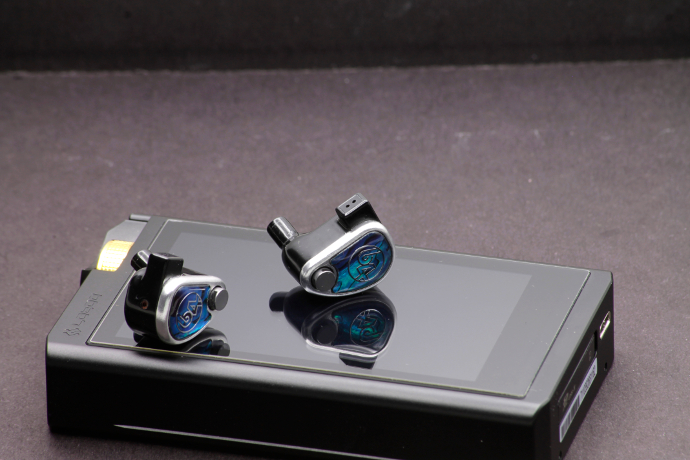
64 Audio Nio
Empire Ears– Phantom (5BA; 1,799$)
The Phantom might not be a hybrid IEM, but in terms of sound it does fall in a similar ballpark as the Nio. Both feature a warmer sound, but they do sound different enough.
The Empire five-driver has a lusher and fuller sound overall. It is quite noticeably warmer and thicker sounding than the Nio. But it does so to an extend where it looses sight of timbral accuracy. The Phantom is one of those monitors, that makes everything sound bold. So much that vocals become nasal and instruments sound congested. All of which the Nio does not.
The Nio sounds more open and more wide spread. It creates more air around the instruments to give them space to breathe. Nio and Phantom both reach into sub-bass in similar levels. The Phantom however puts more prominence into the lows than Nio. The 64 Audio IEM goes for a less forward positioned low end, it puts more air in the bass and gives them just a more natural sound. Both monitors have a more relaxed bass section, but the Nio is ahead in terms of speed.
In technical aspects it’s also the Nio that wins to me. It creates a wider and deeper stage and it also has higher resolution than Phantom. Both IEMs have very nice imaging abilities and they do place instruments precisely in their constructed room. The Phantom has a noisier background compared to the Nio’s whose is a bit darker.
Treble on both is similar to a certain extend. The Phantom does reach a bit further into highs, but the Nio has a richer tone here. The EE can sound a bit veiled due to the over presence of lows and warmth though.
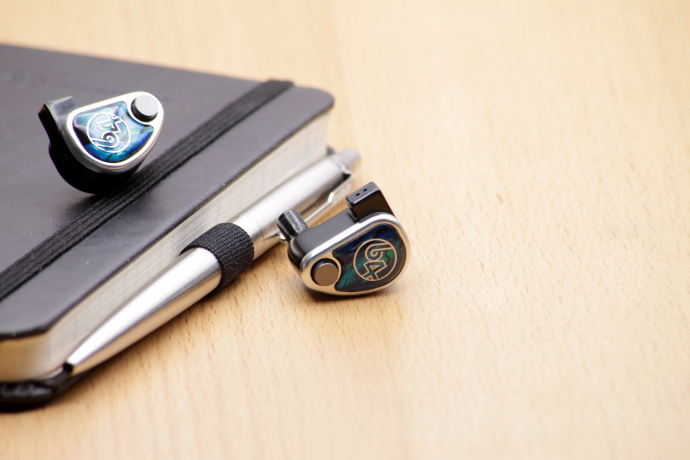
64 Audio Nio
JH Audio – Lola (2DD/6BA; 1,799$)
Jerry Harvey’s Lola is one of the few unconventional hybrids. It doesn’t use the dynamic drivers for lows, but for mids. The only other hybrid IEM to come to my mind that does that is the Elysium from Vision Ears. One thing JH IEMs also offer that no one else does, is the variable bass tuning with their bass pod. I have set mine to 1 to 2 o’clock max.
Lola has a darker sound, that covers up more details and mid-range clarity. The Nio has a more open sound, it presents more details of the sound overall. It also has higher dynamic range than the Lola. Nio and Lola both reach similarly deep. They also go for a similar bass tuning, with a more rounded shape and higher body. The Nio however is faster and more controlled than Lola to my ears.
Lola’s mids are quite special to me. They feature emotions and blood like no other. It’s hard not to recognize JH’s decision to take the dynamics for mids as a good choice. Lola sounds lusher and richer than Nio, although not by a huge margin. The Nio however provides more air around the instruments, it gives musicians more space to move around in and breathe. Nio is a bit lighter than the Lola, but that gives it a more nimble-feet sound that moves in a more effortless manner. The
Lola is thicker and darker. Which is especially audible in the top end. Here Lola can sound muted and shut off. The treble that comes through is partially hard-edged. Nio is richer and smoother in the top. It extends further and provides better air.
The Nio also creates a more open stage where width and depth reach further than on Lola. Nio has higher resolution, a darker background and better positioning. It images clearer than Lola and also comes out on top in layering to me.
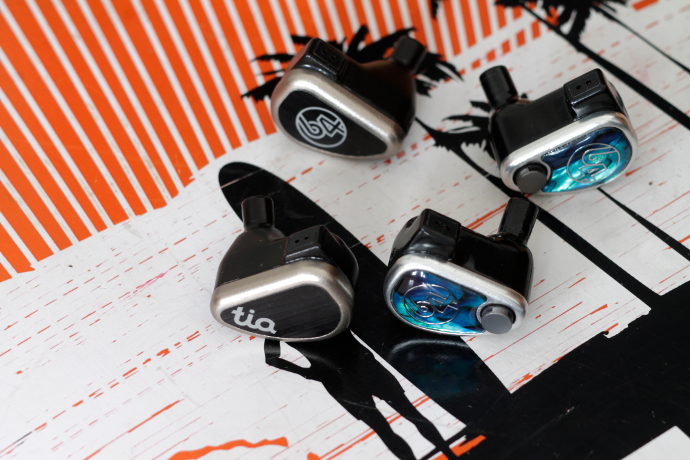
64 Audio Nio
FiR Audio – M4 (1DD/3BA; 1,899$)
FiR Audio is a company started by former 64 Audio CEO Bogdan Belonozkho. The M4 is a fully tube-less hybrid IEM using similar technologies than what 64 Audio put in their Nio.
The M4 also has a more musical tuning that goes for warmth and enjoyment. The Nio doesn’t throw the same punch as the M4, which hits harder and is faster. The M4 on the other hand doesn’t feature the same naturalness in its lows as the Nio. The M4 has a stronger sub-bass focus, while the Nio goes more for a rounder shaped mid- and upper-bass segment.
Both monitors have a warmer sound overall, and they also both feature an open sounding mid-range. The Nio however does that to a higher extend than the M4 to me. It creates more space and has a bit lighter sounding vocals and instruments. The M4 does put upper mids more up-front than the Nio, which has them a bit more laid-back.
When we’re looking at technicalities these two are very tough contenders. But straight out of the Lotoo the Nio renders a finer picture. It creates a slightly bigger venue and places instruments with better precision. Here the M4 is very source dependent though. Once it’s hooked up to a source like the Hugo2 it changes to a more open performance. The Nio doesn’t need that, but also scales the more you go up.
Treble on the M4 is more pronounced and forward than on the Nio. The Nio again has a richer and smoother top-end than its competitor. The M4 is somewhat dryer and harder in comparison. It however also reaches further than the Nio.
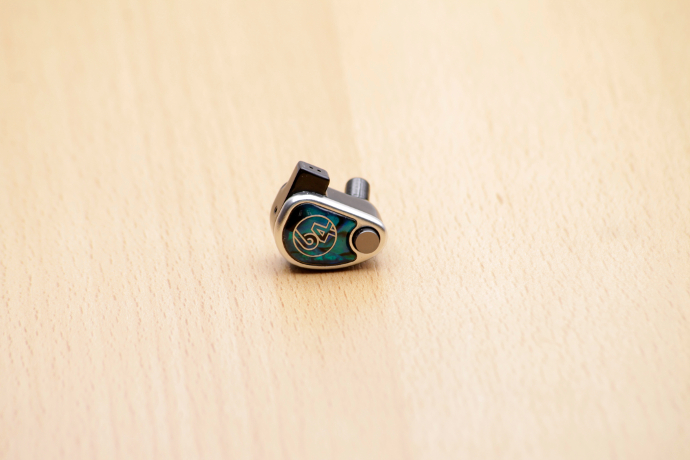
64 Audio Nio
Conclusion:
I received my Nio back in early February. The intended release schedule was pushed back a fair amount of time due to the global pandemic that has disrupted many businesses in the recent months. Since then I have been consistently playing with my Nio. It quickly became one of my daily drivers for listening at home or when I was out and about.
64 Audio told me they wanted to create a blend of the N8 and the 12t before they sent me the Nio. Do I think they accomplished that? Yes, to a certain degree absolutely. The Nio features the smooth and natural sound of the N8, while reaching for the technical finesse of the A/U12t. The Nio builds a bridge between both monitors and could fill the gap of people requesting universal versions of the custom only N8.
The Nio features a nicely balanced yet warm and analogue sound that makes listening to it a joy-ride. It is an excellent monitor for when you want to listen to your favorite tracks and just turn off the crazy world for once. Nio offers a sound that lets you dream away and just be with your music. For that it truly deserves high recognition and praise.
Well done 64 Audio, once again.





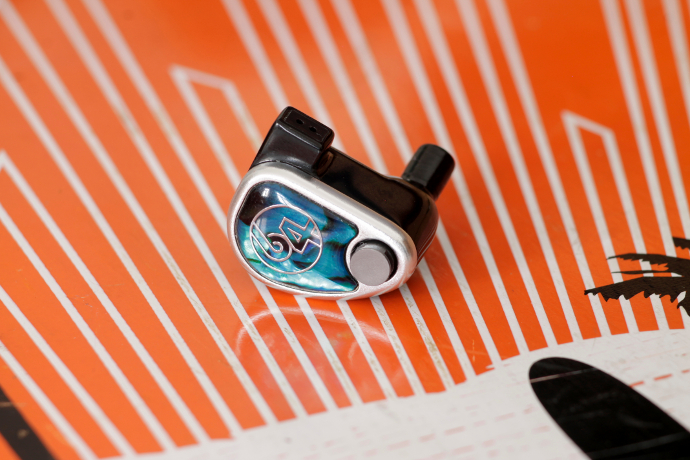
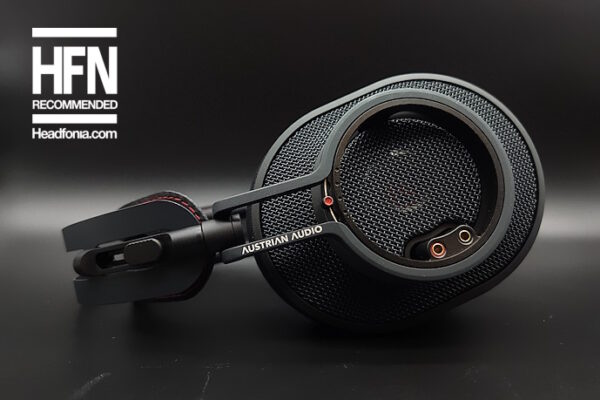

Josep María
Hi, good review. Could you please compare the Nio to the Tia Trió? or point out their main differences? which one do you prefer?
I own the Trió and love it, although I would like a bit more soundstage (that’s something I liked from the Fourte), maybe I should consider a Sony Z1R rather than a Nio…
Thank you
Vince
Excellent review. Could you compare Campfire Solaris and Nio? They both have similar hybrid design and at a very similar price point.
I enjoy classical, pop, rock and EDM. Looking for something with solid bass and not too dry.
I have an old AK 70 Mark II and planning to get either Shanling M6 Pro or the Cayni N6 Mark II if i can come up with additional fund.
I look forward to your response. Thank you!
Wills
Hi Linus, would you be able to compare this to the Empire Ears valkyrie and the Tia Trio? Thanks
Steven Zore
Great review, I’m intrigued, but i wish there was a comparison to the new Solaris…
Lieven
We don’t talk about that “brand” here on Headfonia
John Wong
How does it compare to the Trio?
Phong Ngo
Any thoughts on Nio vs Empire Ears Nemesis?
Ryan
Thank you. How would you compare the Neo with the 64 audio Tia Trio?